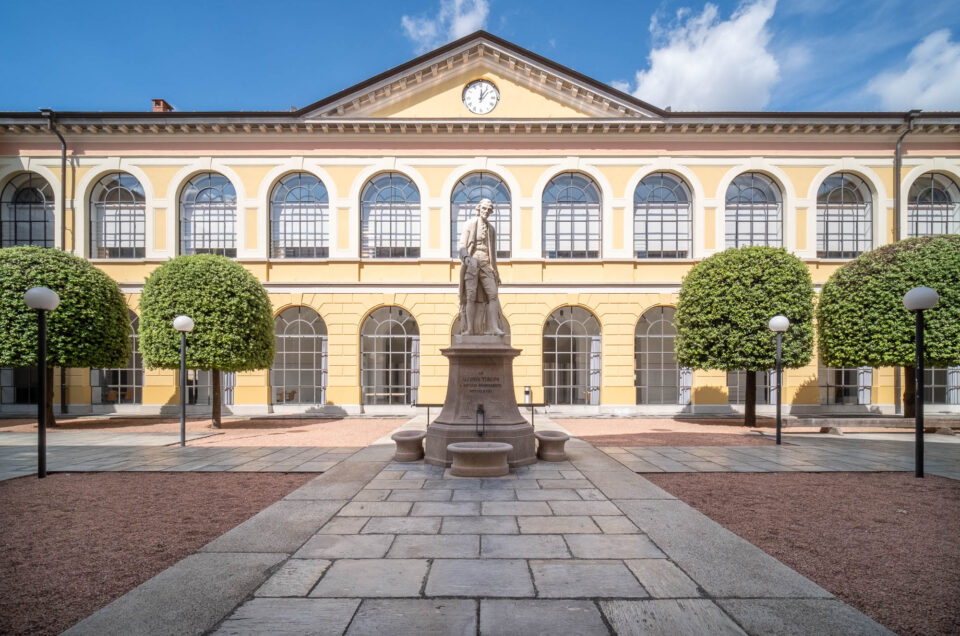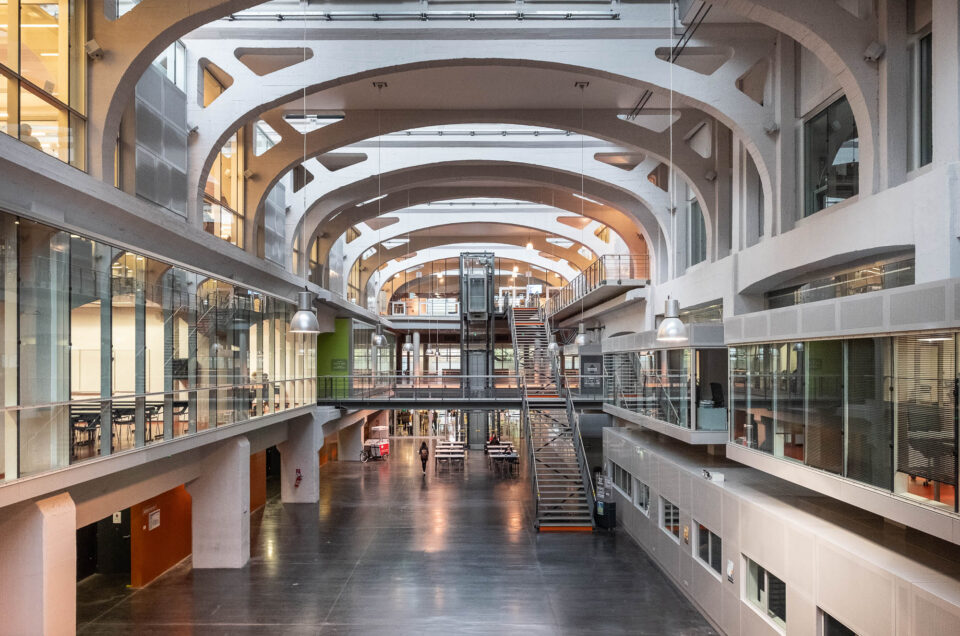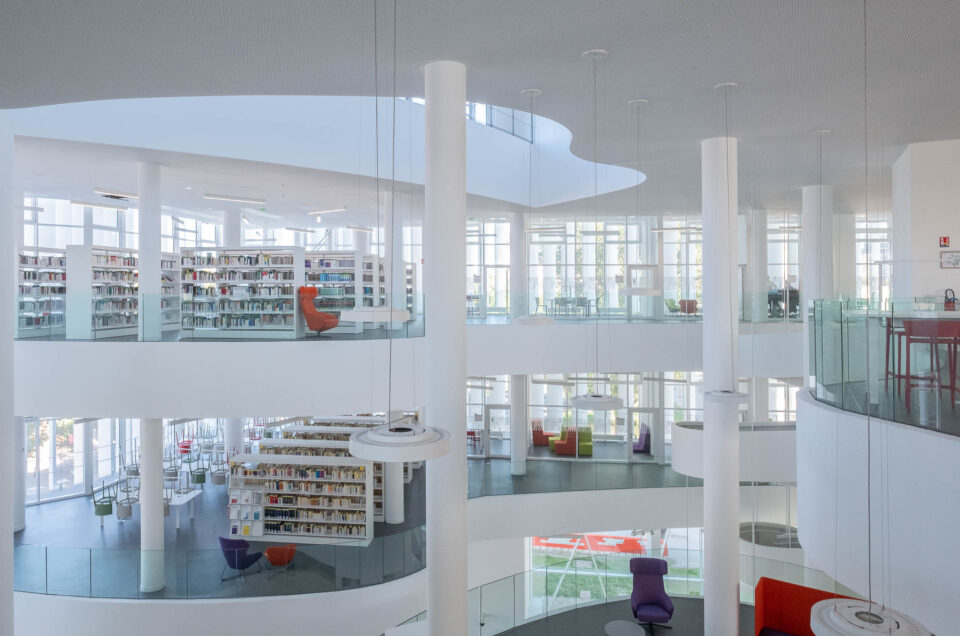Medical science education in Strasbourg dates back to 1517, when theologian and botanist Otto Brunfels started providing private anatomy lessons. Shortly thereafter, when Johannes Sturm founded the Schola Argentoratensis in 1538, medicine was among the four fundamental sciences dispensed at the time besides theology, philosophy and law. Promoted to university in 1621, the protestant Strasbourg academy survived the French wars of religion, but not the Revolution, which suppressed all universities in 1792 and fully deregulated the practice of medicine. Since the army could not do with the slew of self-proclaimed medical practitioners that predictably followed, three schools of medicine were hastily reopened in 1794 in Paris, Montpellier and Strasbourg. Napoléon eventually reinstated universities, but his nephew famously lost Alsace to Prussia in 1870. Not only were the hospital and medical faculty now part of the Prussian spoils of war, they had also been partially destroyed during the conflict.

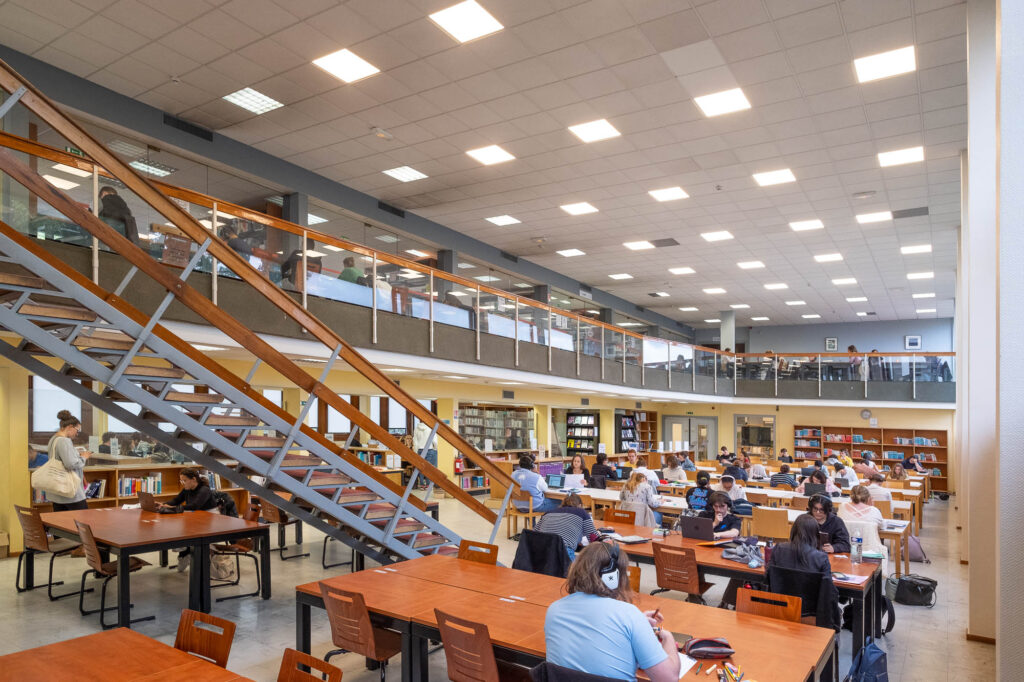
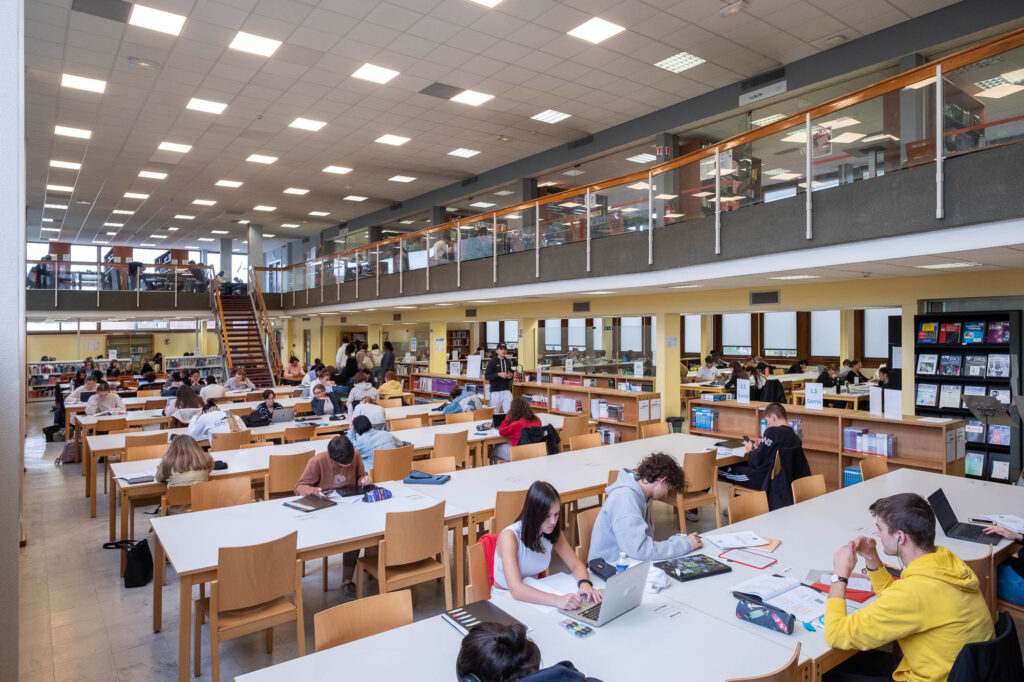
In 1872, the faculty of medicine was integrated with the German Kaiser-Wilhelms-Universität, which only lasted until 1918 when France took again control of Alsace and founded a new university in 1919. The latter fled to Clermont-Ferrand after the Nazi annexation of 1940. The occupying power founded the Reichsuniversität Strassburg to replace it. The new institution was a terrible instrument of Nazi ideology. Its professors were all party members, many joined the ranks of the SA and SS and participated in the horrific “experiments” that were perpetrated against deported Jews during the Holocaust.
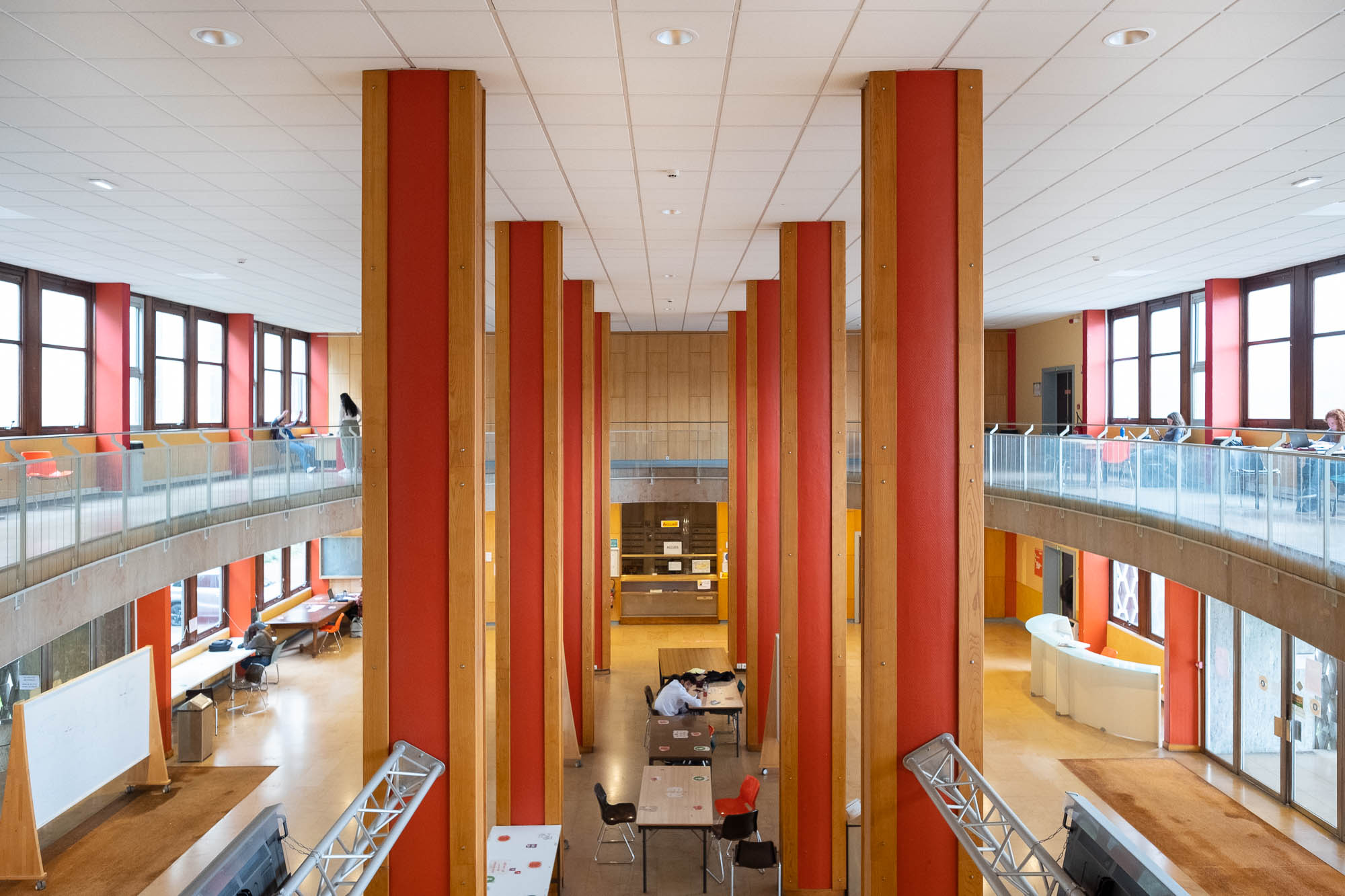
After the end of WWII, the exiled university returned to Strasbourg. Its rapid development in the 1950s led to the construction of a new science campus at the Esplanade. Its main planner Roger Hummel also developed a series of new buildings for the medical faculty, in association with architect Alfred Kronenberger.
The Strasbourg faculty of medicine was built on the location of a former army feedstock facility south-west of the historic city centre and opened in two phases. The first two buildings were completed in 1963; they are the auditorium and the library and administrative block, still in activity today. The library offers a reading room, well lit by a row of elevated windows and surrounded by a mezzanine with meeting rooms and a small freehand collection. The rest of the collection is stored in a book stack on the roof, whose facade is covered in elegant concrete block claustras, visually separating it from the rest of the building. The claustras are repeated on the side of the entrance porch and along the covered walkways that connect the library to the auditoriums.
A second phase, completed in 1966, added two further buildings to the south. With the exception of building #4, which was replaced by a new structure in 2001, all are still in activity and remain relatively unaltered. A third phase (building #5) was planned but never built.

The images shown here date from my visit in September 2022. Merci infiniment à l’équipe de comm pour votre accueil chaleureux.


